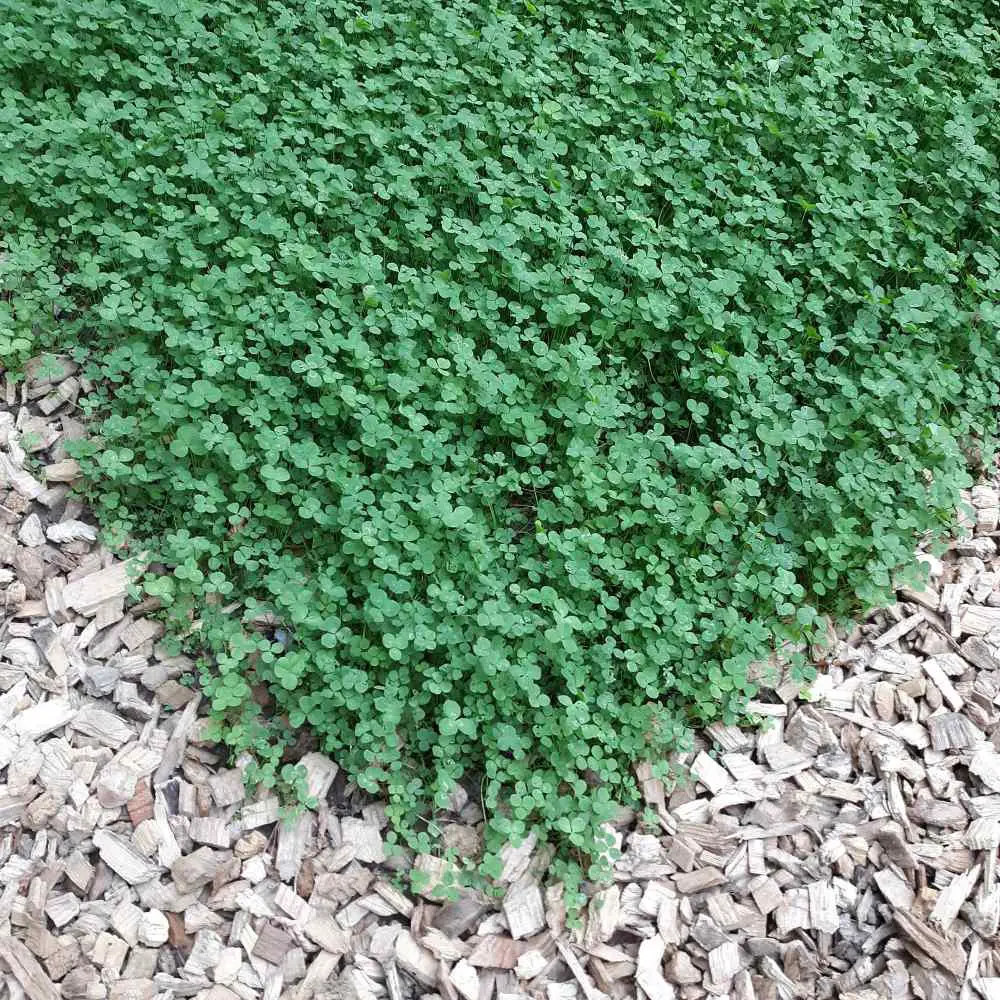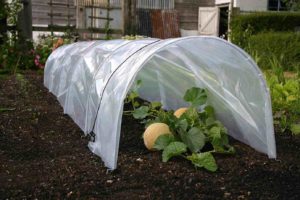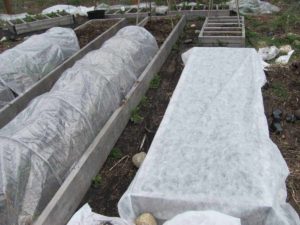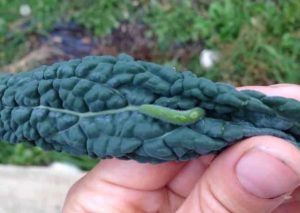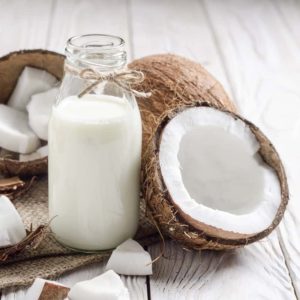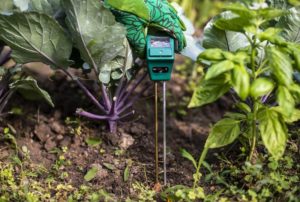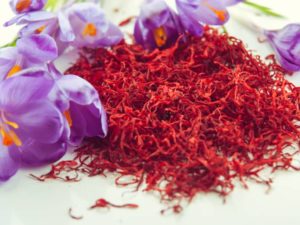If you’ve ever found yourself regularly watering, mowing and fertilizing your lawn—while wishing for more efficient ways to boost its performance and cut down on maintenance—you’re not alone. More and more homeowners are rethinking their yards and landscapes, trading traditional turfgrass for low-maintenance, eco-friendly alternatives that require less time and fewer resources to thrive.
At the top of the list is Miniclover—a resilient, low-growing groundcover that’s emerging as a practical alternative to traditional lawn. Praised for its lush green appearance, self-fertilizing properties, and ability to crowd out weeds, Miniclover offers a sustainable solution for anyone ready to ditch the hassle of high-maintenance turf.

What Exactly is Miniclover?
Miniclover is a dwarf variety of white clover (Trifolium repens), specifically bred to maintain a low, dense growth habit. Its tidy, carpet-like spread makes it a versatile solution—perfect for everything from full-lawn replacements to overseeding existing lawns for improved weed suppression and drought tolerance. It also shines as an accent groundcover between garden beds, along borders and across pathways. You name it, Miniclover can do it!
According to Troy Hake, owner of national lawn and garden seed supplier Outsidepride, Miniclover—or microclover—not only supports a more sustainable lawn but can be easier on the wallet overtime.
“Miniclover lawns generally need far less water and fertilizer, which not only helps conserve resources but can also help lower overall upkeep costs over time,” explained Hake. “While establishing a Miniclover lawn—either by overseeding or starting new—can involve some upfront money and effort, most homeowners notice a drop in overall maintenance and recover expenses typically within the first year.” 
Why Miniclover is a Lawn and Landscape Game-Changer:
- Drought Tolerance & Water Conservation: Miniclover’s deep roots make it remarkably drought-tolerant. Once established, it can go up to two weeks without water under normal conditions—ideal for areas prone to dry spells or homeowners looking to conserve water. This feature alone makes it an eco-conscious choice, helping reduce the demand on municipal water supplies.
- Natural Fertilization Through Nitrogen Fixation: One of the most fascinating traits of Miniclover is its ability to fix atmospheric nitrogen. In simple terms, the plant takes nitrogen from the air and converts it into a usable form for plants, feeding not only itself but also the surrounding soil. This natural fertilization dramatically reduces or even eliminates the need for synthetic fertilizers, promoting healthier soil and minimizing environmental runoff.
- Low-Maintenance Growth: Unlike traditional turfgrass that needs frequent mowing to stay tidy, Miniclover is naturally compact and slow-growing. With a mature height of only 4-6 inches, it requires minimal mowing—if any at all. For homeowners seeking a near-zero-maintenance lawn, Miniclover is a dream come true. Want to keep the soft white flowers that bloom in summer? Skip the mower for a month and enjoy the pollinator-friendly blooms.
- Superior Durability and Wear Tolerance: Don’t let its delicate appearance fool you—Miniclover is tough. Its dense mat of growth handles foot traffic with ease, making it a smart choice for lawns, play areas, and even pathways. Over time, it becomes more resilient, bouncing back quickly from wear and keeping weeds at bay.
- Weed Suppression: The compact growth of Miniclover creates a living mulch that crowds out weeds. With fewer bare patches and thicker coverage, weed seeds have less chance of germinating. This means fewer hours spent pulling unwanted plants and less need for herbicides.
- Erosion Control: Thanks to its spreading habit and thick coverage, Miniclover is highly effective at stabilizing soil. Whether on a slope, a pathway edge, or a high-traffic zone, it reduces soil erosion and helps keep landscapes intact.
- Year-Round Beauty: From spring through fall, Miniclover delivers vibrant green color and a soft texture underfoot. Its ability to retain color in moderate climates, and bounce back after winter dormancy in colder zones, makes it a beautiful and consistent lawn alternative throughout USDA Zones 3 to 10.
Miniclover From Seed to Lawn
Before planting, loosen the soil and remove existing weeds or turf. No-till and minimum-till options can work, especially if you’re overseeding an existing lawn.
For best results, seed in late spring or early summer—making June an ideal planting window. Outsidepride’s Perennial White Miniclover comes pre-treated with Nitro-Coat®, a seed coating that enhances germination and supports early growth.
To plant, simply broadcast the seed evenly over prepared soil. Lightly rake to ensure good seed-to-soil contact, and water gently but thoroughly.
While Miniclover is drought-tolerant once mature, consistent watering during the first few weeks is critical. Keep the soil moist—not soggy—until the seedlings are well-established and root systems have developed. Avoid areas that flood regularly. Miniclover is highly adaptable but thrives best in full sun to partial shade and can tolerate slightly acidic or alkaline conditions.
Ongoing Maintenance
Once established, you can choose whether to mow your Miniclover lawn. Occasional mowing (every few weeks) encourages tighter, denser growth and can control the height if preferred. If left unmowed, it will flower in the summer for about a month—attracting pollinators and adding charming white accents to your landscape.
Established lawns with Miniclover need very little watering. In extreme heat or prolonged droughts, an occasional deep watering will help maintain its lush appearance.
While Miniclover naturally suppresses most weeds, you can spot-treat any persistent ones by hand or use organic methods. Avoid applying standard broadleaf herbicides, as they may damage the clover.
Keep in mind that every region and various soil and weather conditions can affect germination and growth. Be informed and know your specific conditions before getting started.
Miniclover represents a smarter, greener alternative to the resource-heavy turfgrasses of the past. Whether you’re looking to cut down on weekend yard work, reduce your water bill, or embrace a more eco-friendly lifestyle, Miniclover is the solution that will keep your lawn looking lush with minimal effort.
It’s time to make the switch. Give your lawn a break—and a makeover—by visiting www.Outsidepride.com. There, you’ll find everything you need to get started with Miniclover, along with a full selection of seed products including lawn grasses, groundcovers, ornamental grasses, wildflowers, and more—plus expert tips and planting guides tailored to your region and growing conditions.

